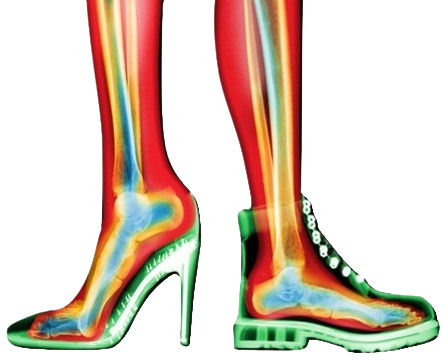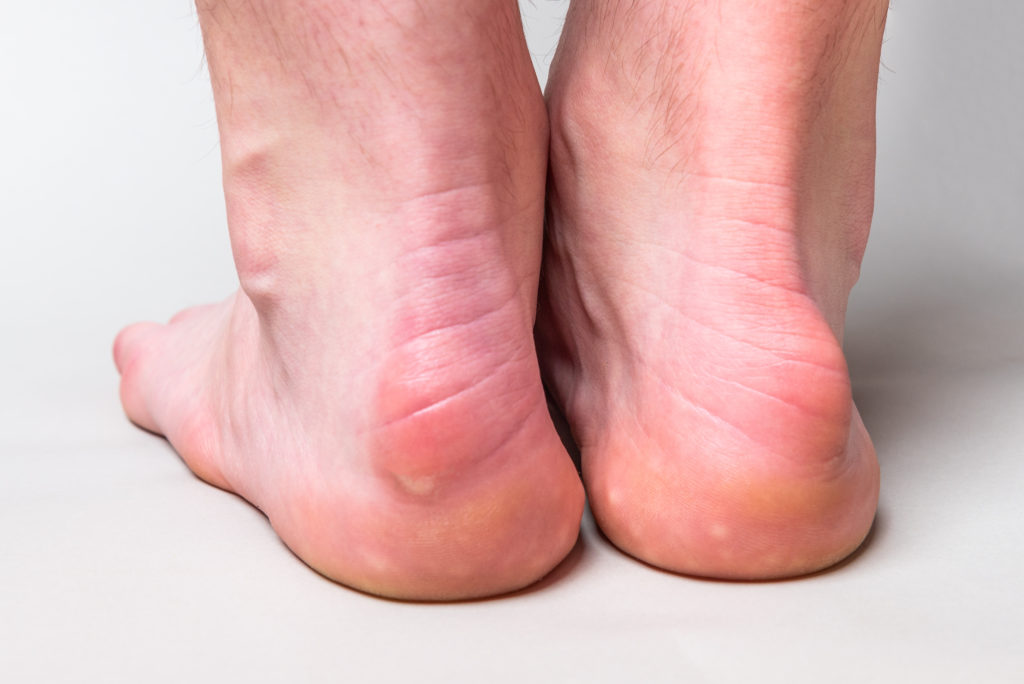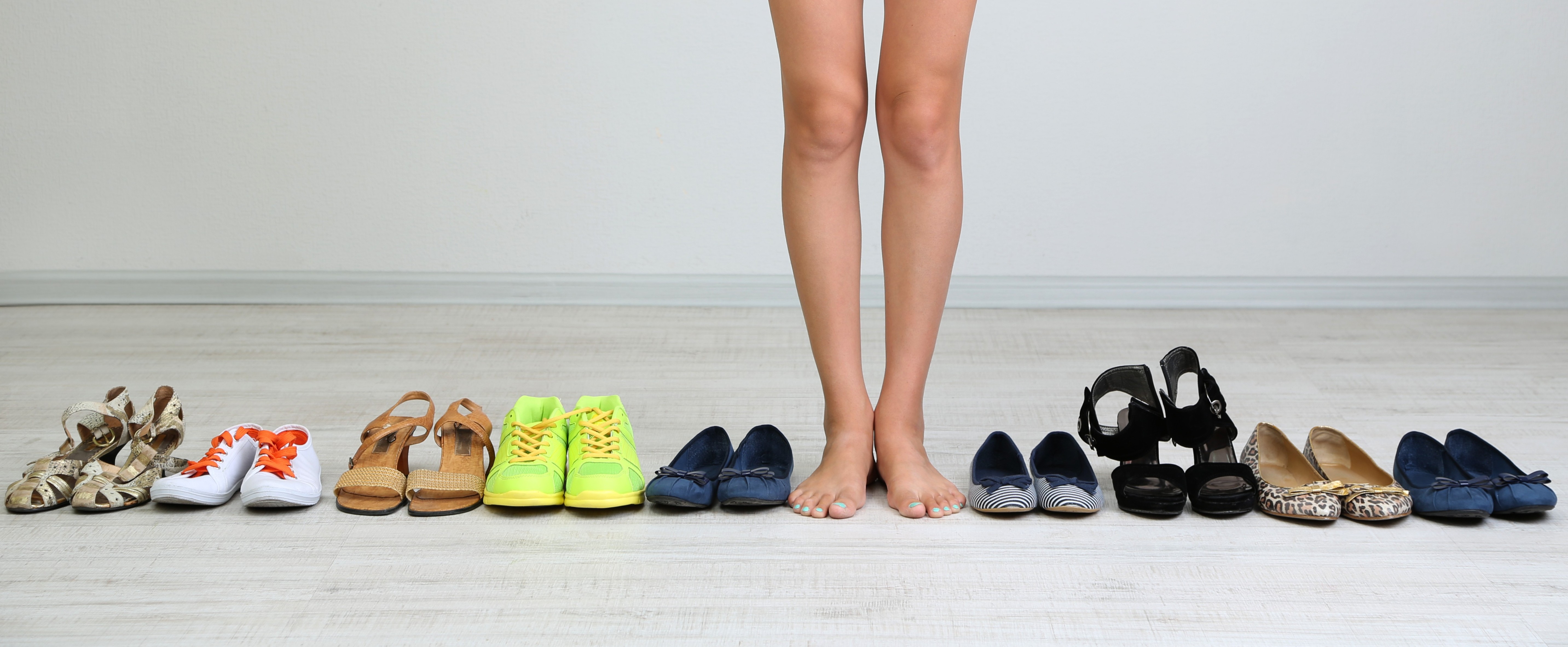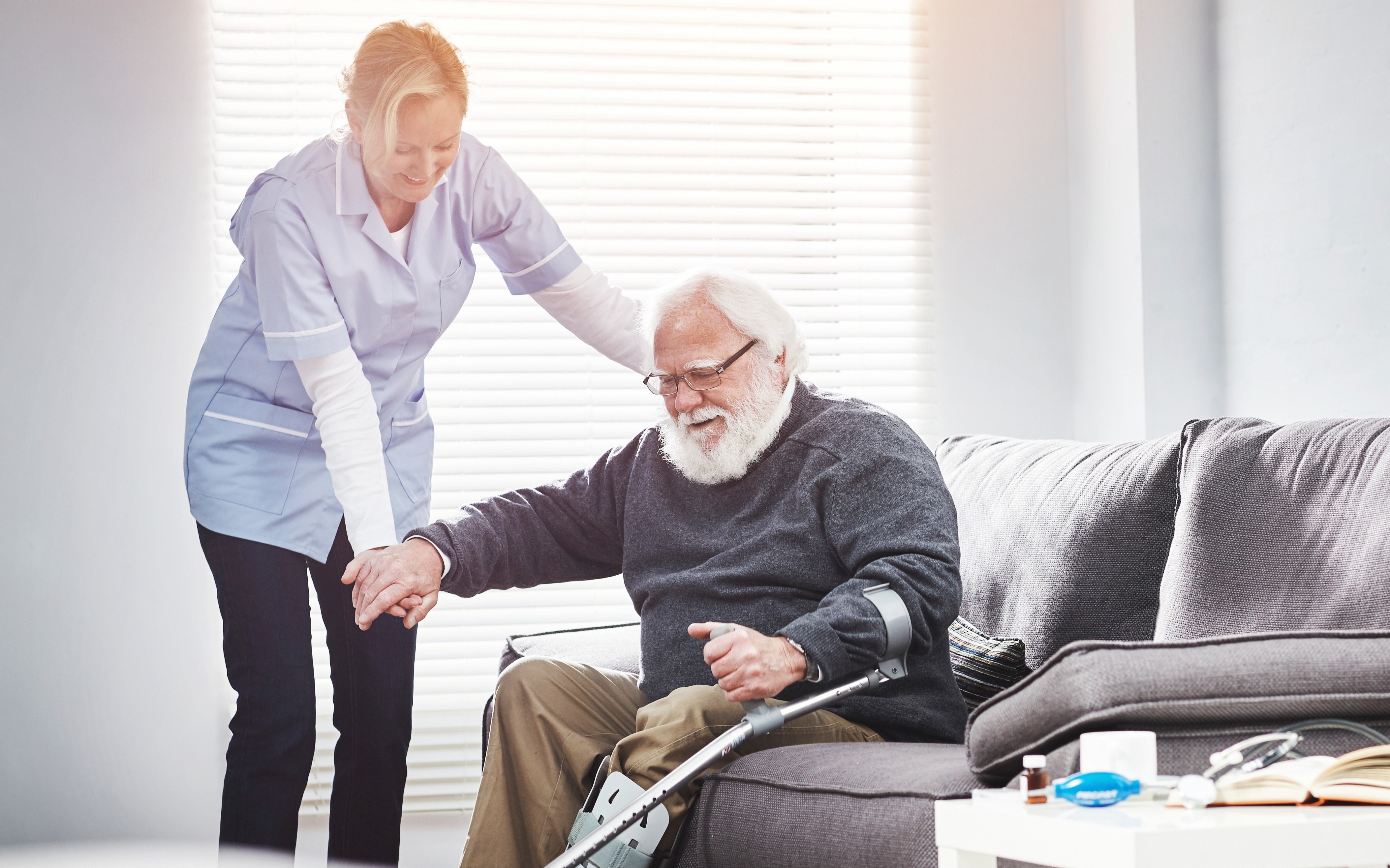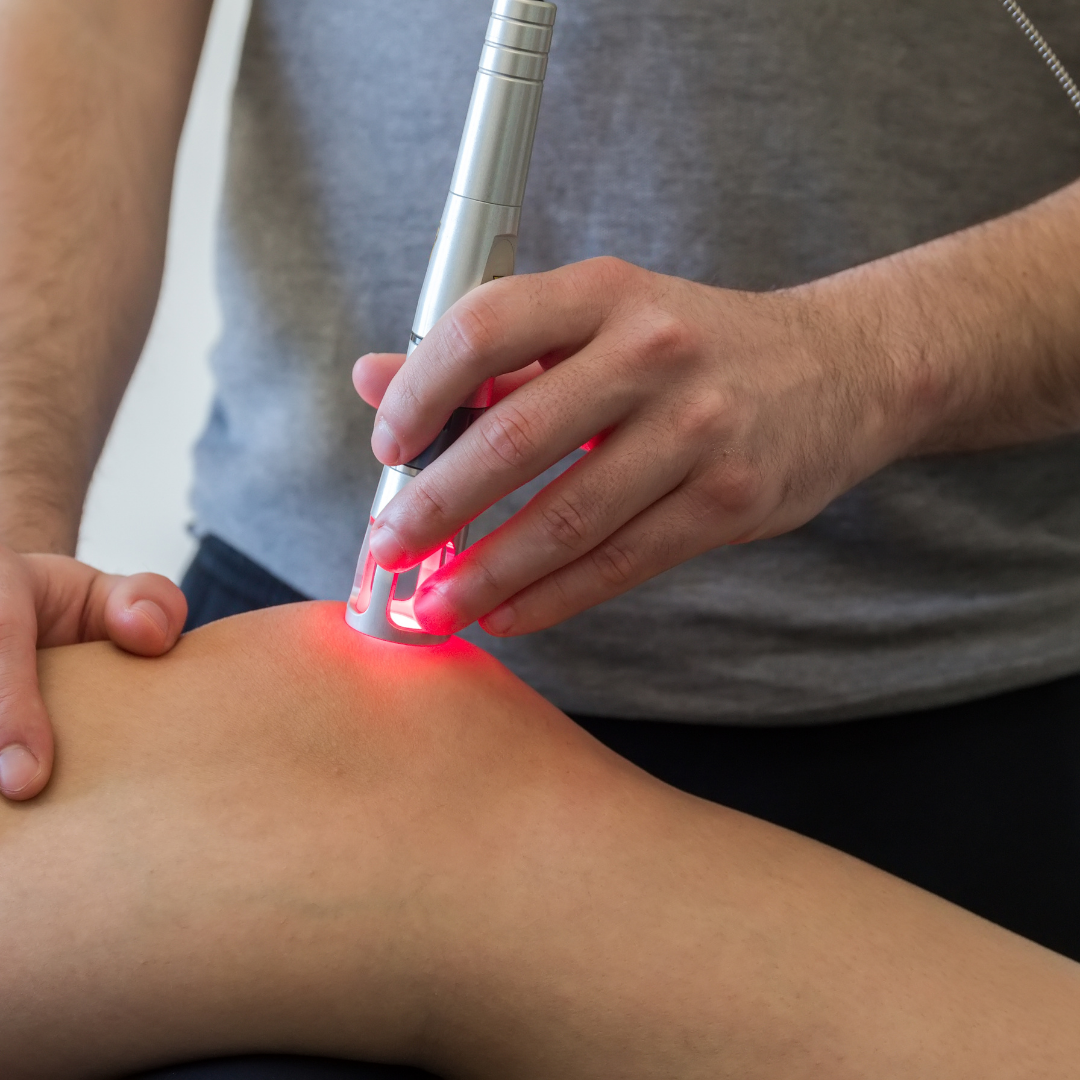Haglund's Deformity
Haglund’s Deformity
A Haglund’s deformity is a bony enlargement (bump) at the back of the heel bone. This bump can be present for years without causing any pain or issues. It is often referred to as a pump bump because of the firm backs of pump-type shoes that rub against the back of the heel.
What causes a Haglund’s Deformity?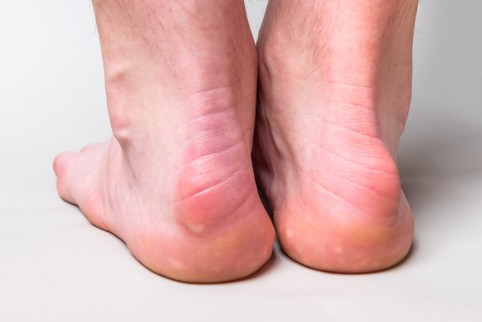
- Injury/trauma
- Footwear that is tight or has a firm heel counter
- Tight calf muscles or Achilles tendon
- Structural foot abnormalities such as a high-arched foot
- Abnormal foot biomechanics such as rolling inward or outward excessively
- Gait abnormalities, such as walking on the outside of the heels
It is the rubbing of soft tissues at the back of the heel against this bony enlargement that leads to the onset of painful symptoms, as opposed to pain from the bony enlargement itself. If the soft tissue near where the Achilles tendon attaches into the heel becomes irritated, it can lead to the inflammation of a fluid-filled cushion that sits between the Achilles tendon and the heel bone called a bursa. This irritation can occur as a result of:
What are the symptoms?
- A palpable lump at the back of the heel
- Pain and tenderness at the back of the heel
- Swelling and redness
- A tendency to develop bursitis at the back of the heel
How is it treated?
Treatment focuses on alleviating pressure away from the back of the heel to settle the painful symptoms. This can include:
- Resting and icing the heel
- Avoiding footwear that rubs against the back of the heel
- Orthotics to reduce tension from the back of the heel
- Physical therapy to stretch tight muscles such as the Achilles tendon
- Using anti-inflammatories to reduce painful symptoms
- Heel lifts to reduce the strain at the back of the heel
In severe cases where the pain is an ongoing problem, surgery may be indicated.
